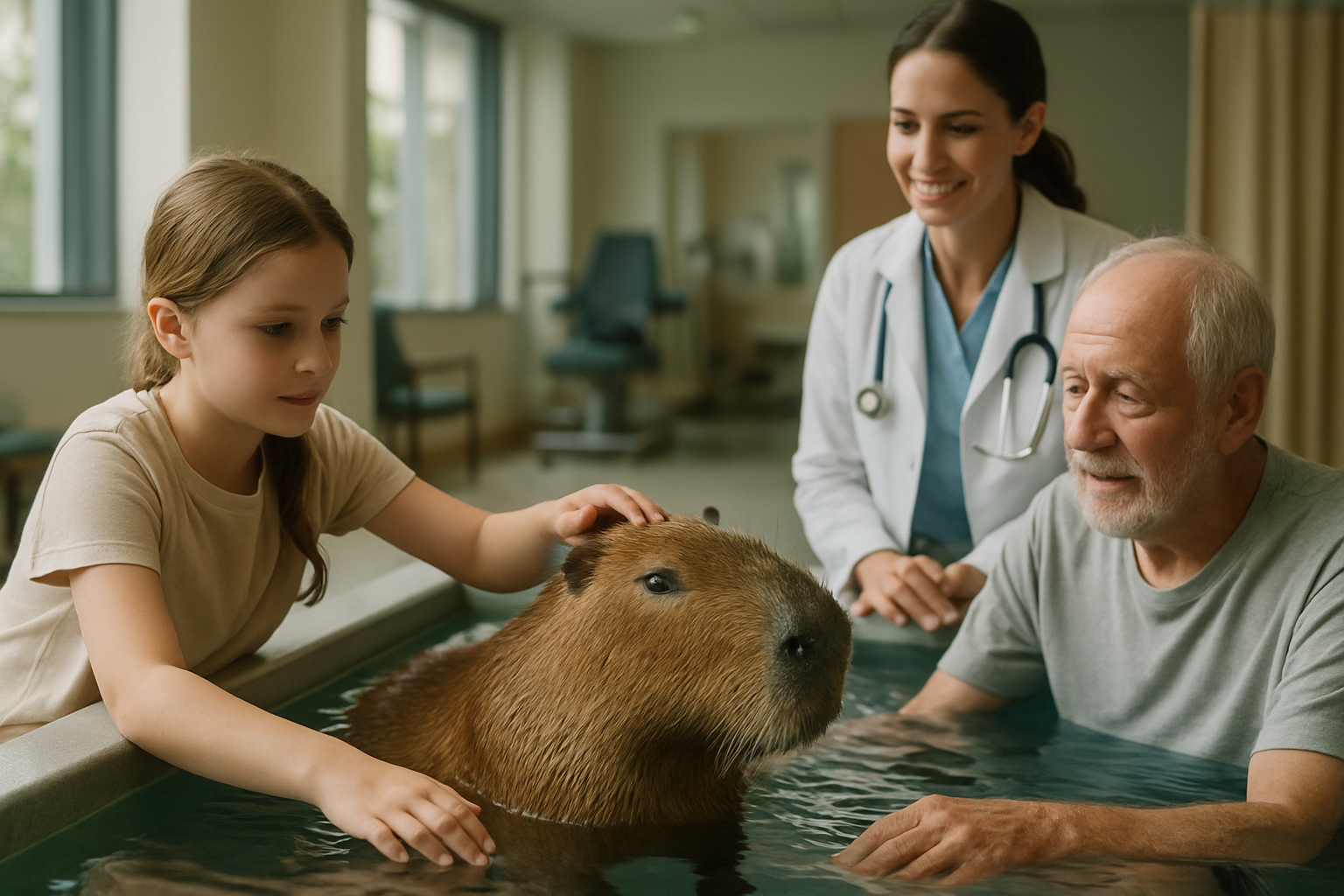How to Rebuild Brain and Regain Control After A Stroke?
Recovering from a stroke can feel overwhelming, but the brain's remarkable ability to heal and adapt offers hope for regaining independence and quality of life. Understanding the essential steps for post-stroke recovery, including natural remedies, lifestyle adjustments, and evidence-based rehabilitation strategies, empowers survivors and their families to navigate this challenging journey with confidence and purpose.

What Are the Essential Things to Take Care of After a Stroke?
Post-stroke care requires a comprehensive approach focusing on both physical and cognitive recovery. Monitoring vital signs regularly, including blood pressure and heart rate, becomes crucial for preventing future episodes. Creating a safe home environment by removing tripping hazards, installing grab bars, and ensuring adequate lighting helps prevent falls and injuries.
Establishing a consistent daily routine supports brain recovery by providing structure and predictability. Regular sleep patterns, ideally 7-9 hours nightly, promote neural healing and memory consolidation. Maintaining proper hydration and nutrition supports brain function, while staying connected with healthcare providers ensures ongoing monitoring and adjustment of treatment plans.
Emotional support plays an equally important role in recovery. Depression and anxiety commonly affect stroke survivors, making social connections and mental health care essential components of the healing process.
Key Do’s and Don’ts for Stroke Recovery
Following evidence-based guidelines significantly impacts recovery outcomes. Do engage in prescribed physical therapy exercises daily, even when progress feels slow. Consistency in rehabilitation activities strengthens neural pathways and improves motor function. Do participate in speech therapy if communication difficulties exist, as regular practice enhances language recovery.
Do maintain social connections and participate in community activities when possible. Social engagement stimulates cognitive function and provides emotional support. Do follow a heart-healthy diet rich in fruits, vegetables, whole grains, and lean proteins while limiting processed foods and excessive sodium.
Don’t ignore warning signs of another stroke, including sudden weakness, confusion, or severe headaches. Don’t attempt dangerous activities without assistance, particularly during early recovery phases. Don’t discontinue prescribed treatments without consulting healthcare providers, and don’t isolate yourself from family and friends, as social support accelerates healing.
Natural Remedies That Support Brain Recovery
Several natural approaches complement traditional stroke rehabilitation without replacing medical care. Omega-3 fatty acids found in fish, walnuts, and flaxseeds support brain health and may reduce inflammation. Incorporating these foods into daily meals provides essential nutrients for neural repair.
Turmeric contains curcumin, which possesses anti-inflammatory properties that may benefit brain recovery. Adding turmeric to cooking or consuming it as tea offers a natural way to support healing. Green tea provides antioxidants that protect brain cells from further damage while promoting overall cognitive health.
Ginkgo biloba has shown promise in improving blood circulation to the brain, though consultation with healthcare providers remains essential before starting any herbal supplements. Meditation and deep breathing exercises reduce stress hormones that can impede recovery while promoting relaxation and mental clarity.
Regular exposure to sunlight supports vitamin D production, which plays a role in brain health and mood regulation. Gentle yoga or tai chi combines physical movement with mindfulness, supporting both motor recovery and emotional well-being.
Cost Considerations for Stroke Recovery Services
Understanding the financial aspects of stroke rehabilitation helps families plan effectively for long-term care needs. Rehabilitation costs vary significantly based on location, intensity of services, and insurance coverage.
| Service Type | Average Monthly Cost | Insurance Coverage | Key Features |
|---|---|---|---|
| Outpatient Physical Therapy | $1,200-$2,000 | Usually 80-100% covered | Individual sessions, equipment access |
| Speech Therapy | $800-$1,500 | Typically covered | Communication recovery, swallowing therapy |
| Occupational Therapy | $1,000-$1,800 | Generally covered | Daily living skills, adaptive equipment |
| Home Health Services | $2,500-$4,000 | Partial coverage varies | In-home care, medication management |
| Adult Day Programs | $1,800-$3,200 | Limited coverage | Social activities, supervised care |
Prices, rates, or cost estimates mentioned in this article are based on the latest available information but may change over time. Independent research is advised before making financial decisions.
Building Long-Term Recovery Strategies
Successful stroke recovery extends beyond immediate rehabilitation to encompass lifelong lifestyle modifications. Setting realistic, achievable goals maintains motivation throughout the recovery process. Breaking larger objectives into smaller, manageable steps creates opportunities for celebrating progress and maintaining momentum.
Technology can enhance recovery efforts through apps designed for cognitive training, medication reminders, and communication assistance. Many insurance plans cover adaptive equipment that supports independence, including modified utensils, shower chairs, and mobility aids.
Regular follow-up appointments with neurologists, primary care physicians, and rehabilitation specialists ensure optimal recovery progression. These professionals can adjust treatment plans based on changing needs and emerging research in stroke recovery.
Creating a support network including family, friends, support groups, and healthcare providers provides the encouragement and practical assistance necessary for sustained progress. Many communities offer stroke support groups that connect survivors with others facing similar challenges.
Recovering from a stroke represents a journey requiring patience, persistence, and comprehensive care. By implementing evidence-based strategies, maintaining healthy lifestyle choices, and utilizing available resources, stroke survivors can work toward regaining independence and improving their quality of life. The brain’s capacity for healing, combined with proper support and rehabilitation, offers genuine hope for meaningful recovery and renewed purpose.
This article is for informational purposes only and should not be considered medical advice. Please consult a qualified healthcare professional for personalized guidance and treatment.




